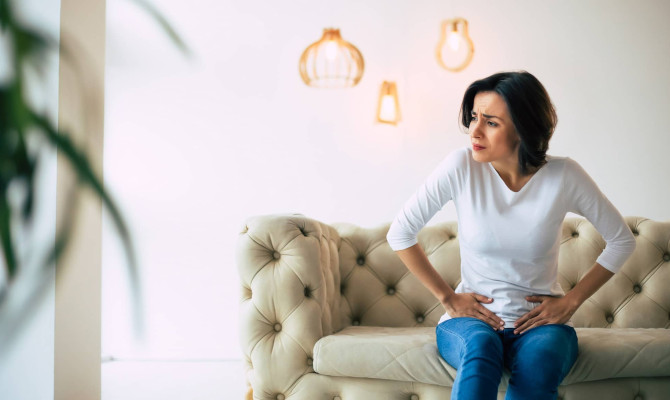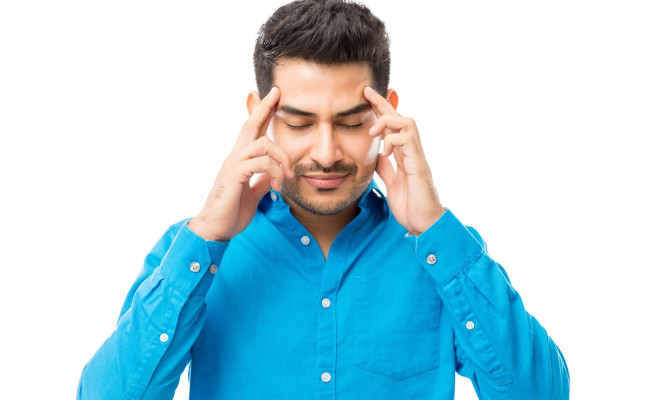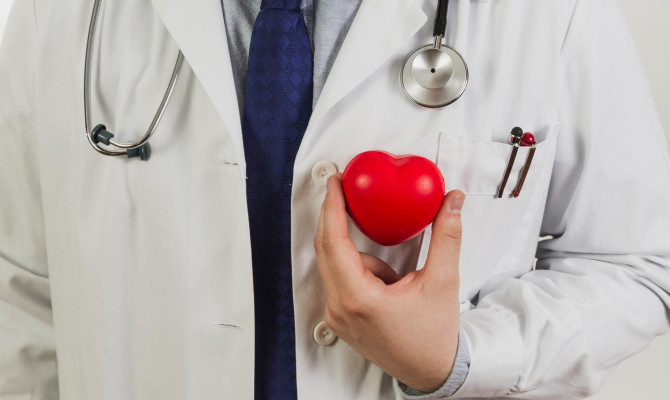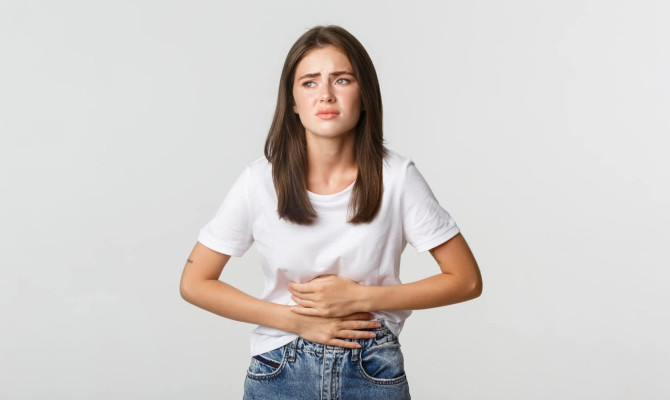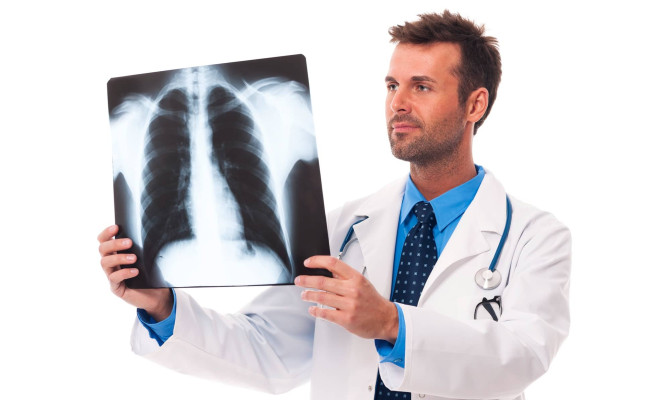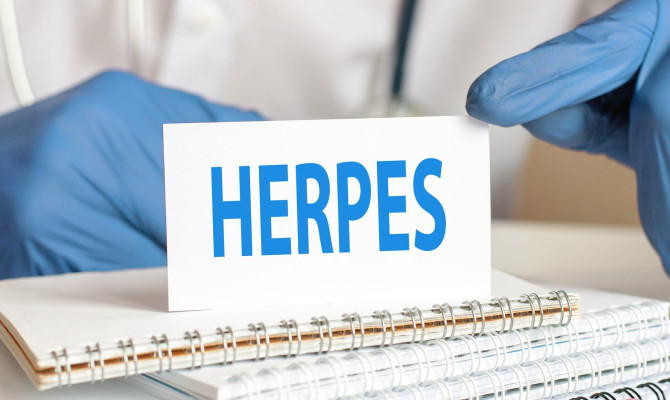Stye vs Pink Eye: Everything You Need To Know

- Stye
- 15 Sep 2023
Introduction
Eye Infections
The eyes play a vital role in daily functioning, but they are susceptible to irritation and infection. Individuals who are now encountering symptoms such as redness, swelling, pain in either one or both of their eyes may find themselves inquisitive about the underlying cause of these manifestations. If an individual is presenting with these symptoms, there exist two prevalent factors that could potentially be responsible: conjunctivitis (commonly known as pink eye) or a hordeolum (commonly known as a stye).
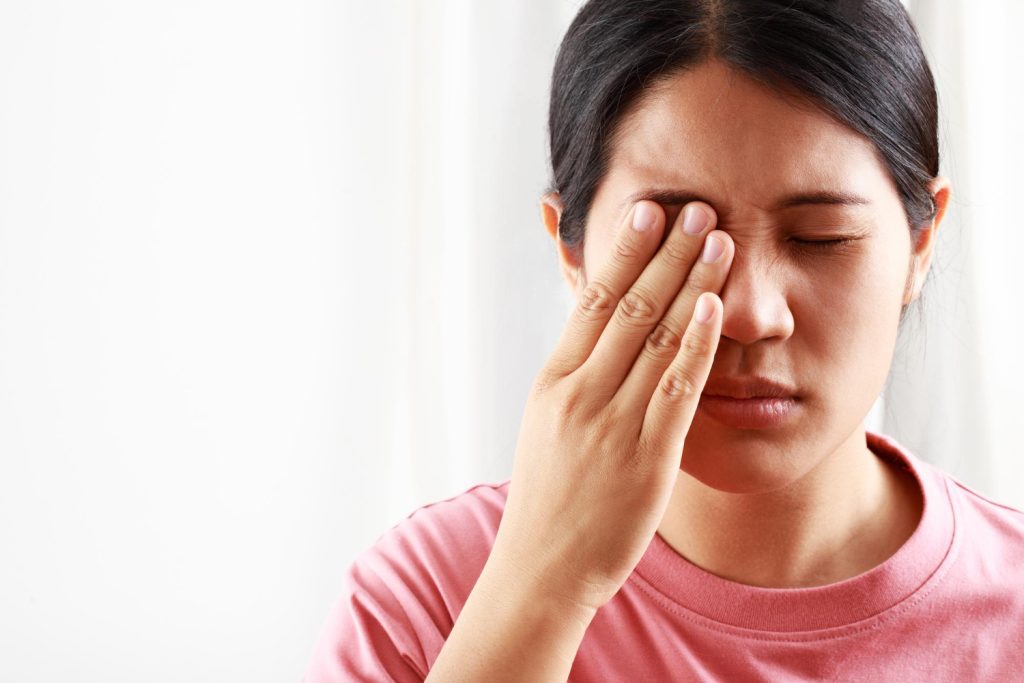
Conjunctivitis
What is Conjunctivitis or Pink eye?
- The thin, transparent film that lines the inside of the eyelids and the pearly white part of the eye, is called the conjunctiva, and it can become inflamed.
- Conjunctivitis is the medical terminology for pink eye. This sickness could be caused by infections, allergens, or other irritants.
- The extremely contagious condition known as pink eye can spread swiftly through direct contact with an affected person’s secretions.
Stye
What is an Eye Stye?
- A little, painful pimple like lump that develops on the inner aspect or outer aspect of the eyelid is called a stye 1 Stye | Researched based study from National Institutes of Health , medically known as a hordeolum.
- Usually, an infection of the oil gland at the base of the lash or a blocked gland under the eyelid causes it.
There are two types of stye:
- Internal (found on the inside of the eyelid)
- External (found at the base of an eyelash)
Internal Stye
On the inner aspect of the eyelid, an internal stye, medically termed as an internal hordeolum, forms. It develops secondary to an infection of an oil producing or lubricating gland present inside the eyelid. Even though internal styes are less obvious from the outside, they can still be upsetting and irritating. These are internal styes primary characteristics:
Location:
- Within the meibomian glands, on the inner side of the eyelid, are where internal styes originate.
- In terms of appearance, they could resemble a little, painful, red bump on the inner eyelid.
Pain:
- Internal sties can be painful and uncomfortable, especially while blinking, much like external sties.
Drainage:
- Because internal styes are situated on the inner eyelid, they may not drain as easily as exterior sties.
Resolution:
- The healing of internal sties can be accelerated by using warm compresses and maintaining proper eyelid hygiene.
External Stye
On the outer aspect of the eyelid, an external stye, also called an external hordeolum, forms at the base of an eyelash follicle. Key characteristics of exterior styes are as follows:
Location:
- Outside of the eyelid, close to the root of an eyelash, are the external sties.
Appearance:
- A red, bloated bump that may or may not be filled with pus is how they appear.
Pain:
- The affected area may experience pain and tenderness as a result of external sties.
- Can be very uncomfortable and painful, particularly if you touch or blink the affected area.
Drainage:
- External sties frequently empty themselves over time, releasing pus and reducing pressure.
Resolution:
- With warm compresses and proper eyelid cleanliness, external sties usually go away in a few days to a week.
Symptoms
Symptoms of Conjunctivitis & Stye
Symptoms of Conjunctivitis
The features of conjunctivitis 2 Symptoms | Researched based study from National Institutes of Health are:
Redness:
- The characteristic redness of the eye (sclera) is pink eye.
- Although it rarely results in long-term issues or vision loss, pink eye is extremely prevalent.
Swollen eye lids:
- Infections that cause pink eye typically begin in one eye and quickly spread to the other in a few of days. Usually, allergic reactions immediately affect both eyes.
- It is possible to observe eyelid swelling, which is especially typical in cases of bacterial infections and allergies.
Watery eyes:
- Pink eye caused by viruses and allergies frequently results in increased tear production, or watery eyes.
- Pruritus, inflammation, and/or sensation of heat
Drainage from eyes:
- The most common cause of greenish-yellow fluid draining from the eye is bacterial pink eye.
Crusty eyelids:
- The occurrence of dry and flaky eyelids or eyelashes when waking up in the morning.
- Pink eye sufferers occasionally find that their eyes are “stuck shut” in the morning as a result of discharge generated as they sleep.
Foreign substance in eye:
- Pink eye might occasionally give you the sensation that something like sand is in your eye.
Sensitivity to light:
- Pink eye may also be accompanied by a slight sensitivity to light.
- However, extreme discomfort, extreme light sensitivity, and altered vision are all indicators that the infection might have moved past the conjunctiva. These signs need to prompt a trip to the doctor for a checkup.
It is noteworthy that conjunctivitis typically manifests as ocular redness and irritation; however, the specific symptoms may vary depending on the etiology of the condition.
Symptoms of stye:
- A painful red pimple close to the lashes on the outermost point of the eyelid inflammation of the eyelid along with pain and itchiness.
- A foreign body sensation is in your eye
Light sensitivity:
- Stye also be accompanied by a slight sensitivity to light.
- However, extreme discomfort, extreme light sensitivity, and altered vision are all indicators that the infection might have moved past the conjunctiva.
Elevated tear production:
- Also called as excessive lacrimation is seen in stye, which is secondary to irritation.
Causes
Causes & Risk factors for Pink Eye & Stye
What Causes Pink Eye?
Bacterial conjunctivitis:
- A bacterial infection of the conjunctiva, the thin lining that covers the inner eyelids and the eyeball, is the cause of bacterial pink eye.
Viral conjunctivitis:
- A viral infection is the cause of viral pink eye. A viral ailment, like the common cold or an ear infection, could accompany it.
Allergic Conjunctivitis
- When the conjunctiva is irritated by an external allergen, like pollen or pet dander, allergic conjunctivitis, also known as allergic pink eye, results.
Additional forms of pink eye:
- One reason why babies get pink eyes is a clogged tear duct.
- Soap and laundry detergent are examples of additional irritants that might cause pink eye.
Conjunctivitis caused by bacteria or viruses can be very infectious and can transfer easily from one individual to the other:
- Intimate physical contact, as handshakes or touches
- Sneezing and coughing
- Contacting your eyes after handling a contaminated object or surface before cleaning your hands.
What causes Stye?
Bacterial Cause:
- A bacterial infection of the glands lining the eyelids, which secrete oil to lubricate the eye, is the cause of a stye.
- Staphylococcus aureus, which is a common nose bug, also causes these issues.
- However, there are instances where rubbing your nose and then your eye might spread bacteria from your nose to your eye and cause a stye
Mechanical Obstruction:
- Styes usually develop from a blockage of this gland followed by a bacterial infection.
Risk Factors for development of Stye include:
- Leaving makeup on for the entire night
- Having experienced a cyst or chalazion in the past
- Blepharitis, or inflammation of the eyelid
- Irritated eyes, possibly due to allergies
- Diabetes or other health issues
- Use of cosmetics on the eyes, particularly bacteria contaminated mascara or eyeliner.
- Underlying skin disorders including acne rosacea and seborrheic dermatitis that affect the eyelids.
Diagnosis
How do I know if I have a Stye or Pink Eye?
A medical professional will inquire about your symptoms, duration, and severity if one or both of your eyes are hurting you. Although pink eyes and styes 3 Diagnosis | Researched based study from Medline Plus can both cause eye pain and irritation, a medical professional can usually tell the difference with ease.
- A physical examination of the lesion and the patient’s medical history are used to diagnose a stye (hordeolum). No additional testing is required.
- Symptoms usually go away on their own. But see a doctor if your illness is becoming worse or if it is not improving on its own.
- Polymerase chain reaction (PCR) testing, direct antibody testing, and ocular swabbing for staining and culture are typically reserved for rare or persistent cases that do not improve on their own or respond to therapy.
Management
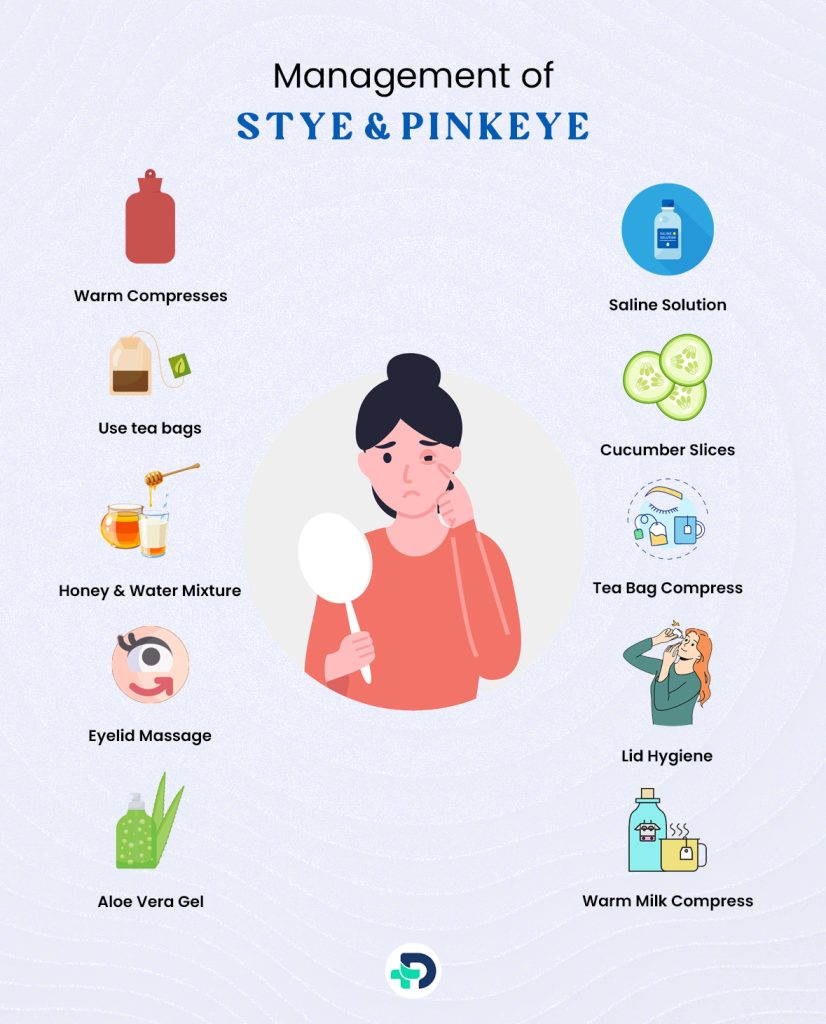
Management of Stye & Pink Eye :
Stye and pink eye 4 Management | Researched based study from Better Health Channel may require separate treatments since they have different symptoms. More often there is no need for treatment, since they are self-resolving.
Management of Pink Eye:
In a week or two, viral pink eye normally goes away on its own.
- Antiviral medications may be used by a physician to treat viral pink eye in more severe situations, such as varicella-induced viral conjunctivitis.
- Although bacterial pink eye gets better in a few days, it can take a week or two for it to go away entirely. Your healthcare practitioner may recommend antibiotic eye drops or ointment to fight off infection if your bacterial pink eye doesn’t go away.
- The easiest way to treat pink eye caused by allergies or irritation is to take out the aggravating object. To address your allergy problems, your doctor can also suggest eye drops or an antihistamine.
Home Remedies for Conjunctivitis, or Pink Eye:
Warm Compresses:
- Wet a clean cloth with warm water 5 Management | Researched based study from American Academy of Ophthalmology, then squeeze away any extra moisture.
- For five to ten minutes, gently press the warm compress on your closed eyelids. This may lessen redness in the eyes and ease irritation.
- Avoid touching your other eye with the same cloth if you just have a pink eye in one of your eyes.
Saline Solution:
- To make a saline solution, whisk together a teaspoon of salt and a cup of heated distilled water.
- Instill a few drops of the solution on each eye using a sterile instiller.
- Blink a few times to flush out irritants and spread the solution around the surface of the eyes.
Use tea bags:
- Brew a cup of tea (either green or black) and let the bag cool.
- For a while, place the cooled tea bag over your eyelids.
- Tea’s tannins have the ability to calm and lessen eye irritation.
Cucumber Slices:
- Put the cooled cucumber slices over your closed eyelids for approximately ten minutes.
- Because of its cooling, cucumbers can help reduce puffiness and inflammation.
Honey and Water Mixture:
- Combine a cup of warm water with a spoonful of raw, organic honey.
- Apply a few drops to each eye using a sterile dropper. Honey’s inherent antimicrobial qualities can help to relieve eye irritation.
Management of Stye:
A stye usually disappears on its own in a week or two.
- If the condition isn’t getting better or is becoming worse without therapy, a doctor would prescribe medicine, including antibiotics.
- Eye specialists sometimes use local anesthetic to numb the area before performing a little incision to drain styes.
- Using a warm compress can also help with the symptoms of stye. For ten to fifteen minutes, try wiping the afflicted eyelid with a fresh, warm washcloth.
- You cannot use pink eye drops for Stye.
Home Remedies for Styes:
Warm compresses:
- Several times a day, apply a warm compress to the afflicted eyelid for ten to fifteen minutes at a time.
- Warmth can aid with drainage and lessen discomfort and edema.
Tea Bag Compress:
- Just like with pink eye, applying a warm, damp tea bag (black or chamomile) to the sore helps promote drainage and help it feel better.
Eyelid Massage:
- After using a warm compress, use clean hands to gently massage the afflicted eyelid, going from the inner to the outer corner.
- This may make it easier for the stye to drain.
Lid Hygiene:
- Gently wash your eyelids with a light soap and water to maintain their cleanliness.
- Steer clear of contact lenses and makeup while you’re infected.
Aloe Vera Gel:
- On the afflicted eyelid, dab a tiny bit of pure aloe vera gel.
- The calming effects of aloe vera can aid in lowering inflammation and discomfort.
Warm Milk Compress:
- Bring a little amount of milk to a warm temperature, but not boiling.
- For a few minutes, cover the closed eyelid with a clean cloth that has been soaked in warm milk. The warmth of the milk can soothe and aid in healing.
It’s important to keep yourself clean, refrain from touching or scratching your eyes, and make sure the ingredients you use for the cures are pure and uncontaminated. It’s critical to seek medical assistance from a healthcare provider or an eye expert if your symptoms intensify or continue.
Prevention
Ways to prevent Pink Eye & Stye
Pink eye and stye cannot always be avoided, but there are steps you may take to lessen your risk.
Prevention of Pink Eye:
- Wash your hands thoroughly taking few minutes to avoid pink eyes, since hand hygiene is very important and it also acts as mode of transmission.
- To stop the transmission of infection, don’t share washcloths, face towels, or eye makeup with other people.
- Avoid touching your other eye after touching the infected one, and avoid using the same washcloth or towel on both eyes if you have pink eye in one.
- Avoid reusing the contact lenses, you were wearing when you had pink eye. Avoid wearing lens (contact lenses) until your pink eye clears up.
- After your symptoms subside, wash your towels and pillowcase to prevent pink eye from occurring again.
- If you are prone to allergies, stay away from allergens that can result in pink eye, and find out from your doctor if antihistamines can help you avoid the symptoms of pink eye.
Prevention of Stye:
- Frequently washing your hands with soap and water is the greatest approach to avoid getting stye,4 Prevention | Researched based study from Better Health Channel especially if you need to touch your eyes.
- For instance, wash your hands well every time you remove or insert contact lenses or touch your eyes.
- Maintaining the hygiene of your contact lenses might also be beneficial.
- Similarly, don’t share your eye goods with anyone and discard eye creams or makeup after a few months.
Complications
Complications of Pink Eye & Stye
Both styes and pink eye frequently don’t present a significant risk to health.
- Spread: Spreading a pink eye to another person is the biggest risk. In rare cases, an individual may experience visual difficulties due to an inflammation of their cornea.
- Chalazion: A stye that is not treated may develop into a chalazion, which is a slowly expanding cyst in the gland that produces oil on the eyelid.
- Persistent pink eye: A persistent case of pink eye may indicate the existence of an underlying medical condition. These include lupus and rheumatoid arthritis. In addition, inflammatory bowel conditions including Crohn’s disease and ulcerative colitis, as well as Kawasaki disease, an unusual illness that causes fever in newborns and early children, have been linked to pink eye.
Dietary Guidelines
Dietary guidelines for patients with Stye & Pink Eye
A nutritious diet can help support the healing of disorders including pink eye (conjunctivitis) and styes, as well as overall eye health. Although a healthy diet cannot take the place of appropriate medical care, some nutrients can support the health of your immune system and eyes, which can speed up the healing process.
Dietary Guidelines for Stye Patients:
Antioxidant-Dense Foods:
- Eat a range of antioxidant-rich fruits and vegetables, such as almonds, spinach, and seeds, and vitamin C-rich foods like oranges, strawberries, and bell peppers.
- Antioxidants lower inflammation and strengthen the immune system.
Omega-3 Fatty Acids:
- Incorporate foods high in omega-3 fatty acids into your diet,
- Because of their anti-inflammatory qualities, omega-3s may be good for the health of your eyes.
Foods High in Vitamin A:
- Eat foods high in vitamin A to promote the health of your eyes.
- Carrots, sweet potatoes, spinach, kale, and eggs are good sources.
Foods High in Zinc:
- Zinc is necessary for wound healing and the immune system.
- Lean meats, grains, nuts, poultry and legumes are among the foods high in zinc.
Water Intake:
- Make sure you drink 4-5 liters of water throughout the day to stay hydrated and avoid dehydration.
- Drinking enough water promotes good health in general, including eye health.
Protein:
- Incorporate lean protein sources such fish, tofu, chicken, lentils, and dairy products.
- Protein is necessary for both general immunological function and tissue healing.
Dietary Advice for Pink Eye Patients:
Foods High in Vitamin C:
- It is well known that vitamin C strengthens the immune system.
- Incorporate into your diet items such as broccoli, bell peppers, citrus fruits and strawberries
Diets High in Quercetin:
- Natural antihistamine and anti-inflammatory quercetin is present in leafy greens, onions, apples, berries and other foods.
Omega-3 Fatty Acids:
- Because they contain anti-inflammatory actions.
- Add sources such as walnuts, fatty salmon and flaxseeds.
Vitamin E:
- Inflammation and immunological function can be enhanced by foods high in vitamin E, such as spinach, almonds, and sunflower seeds.
Garlic and Turmeric:
- These two foods naturally have antibacterial and anti-inflammatory qualities that may be good for general health.
Probiotics:
- Fermented foods and yoghurt are good sources of probiotics, which help maintain gut health and immune system function.
Minimize Sugary and Processed Food Intake:
- Cutting less on these meals helps boost your immune system and lessen inflammation.
Precautions
Precautions for Stye & Pink Eye:
It’s crucial to take specific precautions when managing eye disorders such as styes or pink eye. The following recommendations can help you exercise while treating a stye or pink eye:
Prevent Eye Strain:
- Asthma may be excruciating, and extended reading or prolonged screen starring are two hobbies that might make the condition worse.
Steer clear of contact sports:
- Playing contact sports or other activities that require close contact with people raises the possibility of spread of pink eye infection.
- It is advisable to stay away from these things until the infection has disappeared.
Low-Impact workouts:
- If you’re feeling up to it, think about doing low-impact workouts that won’t put undue strain on your body or eyes.
- Walking, mild yoga, and light stretching could be good choices.
Warm-Up and Cool-Down:
- To reduce pressure on your body and eyes, follow the recommended warm-up and cool-down procedures.
Minimize Irritant Exposure:
- If allergies are the source of your pink eye, stay indoors when pollen counts are high and avoid jogging. This may lessen irritability.
Hygiene:
- To stop the spread of infection, wash your hands well both before and after working out.
- When working out, try not to touch your face, especially your eyes.
Don’t Rub Your Eyes:
- Avoid rubbing your eyes before, during, or after working out as this can aggravate irritation and possibly spread the infection.
Pay Attention to Pain:
- It’s advisable to avoid exercising until your pink eye symptoms are better if it makes them worse or causes you discomfort.
Pay Attention to Your Body:
- It’s best to take a break and let the region recover if exercising makes the soreness worse or causes discomfort or agony.
The Bottom Line
Stye vs Pink Eye : Seek medical advice
Your comfort and recovery should come first in both situations. It is a good idea to see a healthcare provider if you have pink eye or a stye and are unsure if it is safe to exercise or if your symptoms are getting worse. Depending on the severity of your disease, they can offer you tailored counsel that will assist you in making decisions about whether to keep up or change your exercise regimen. Recall that adequate rest and medical attention are necessary for a quick recovery.
Any feedback on this article?
 This Articles content was accurate
This Articles content was accurate Very Informative Article
Very Informative Article I have a question or a comment
I have a question or a comment
 This article contains inaccurate content
This article contains inaccurate content This article was not helpful
This article was not helpful I have a question or a comment
I have a question or a comment
We appreciate your helpful feedback!
Checkout our social pages
References
-
National Institutes of Health
Stye
-
National Institutes of Health
Symptoms
-
Medline Plus
Diagnosis
-
Better Health Channel
Management | Prevention
-
American Academy of Ophthalmology
Management












